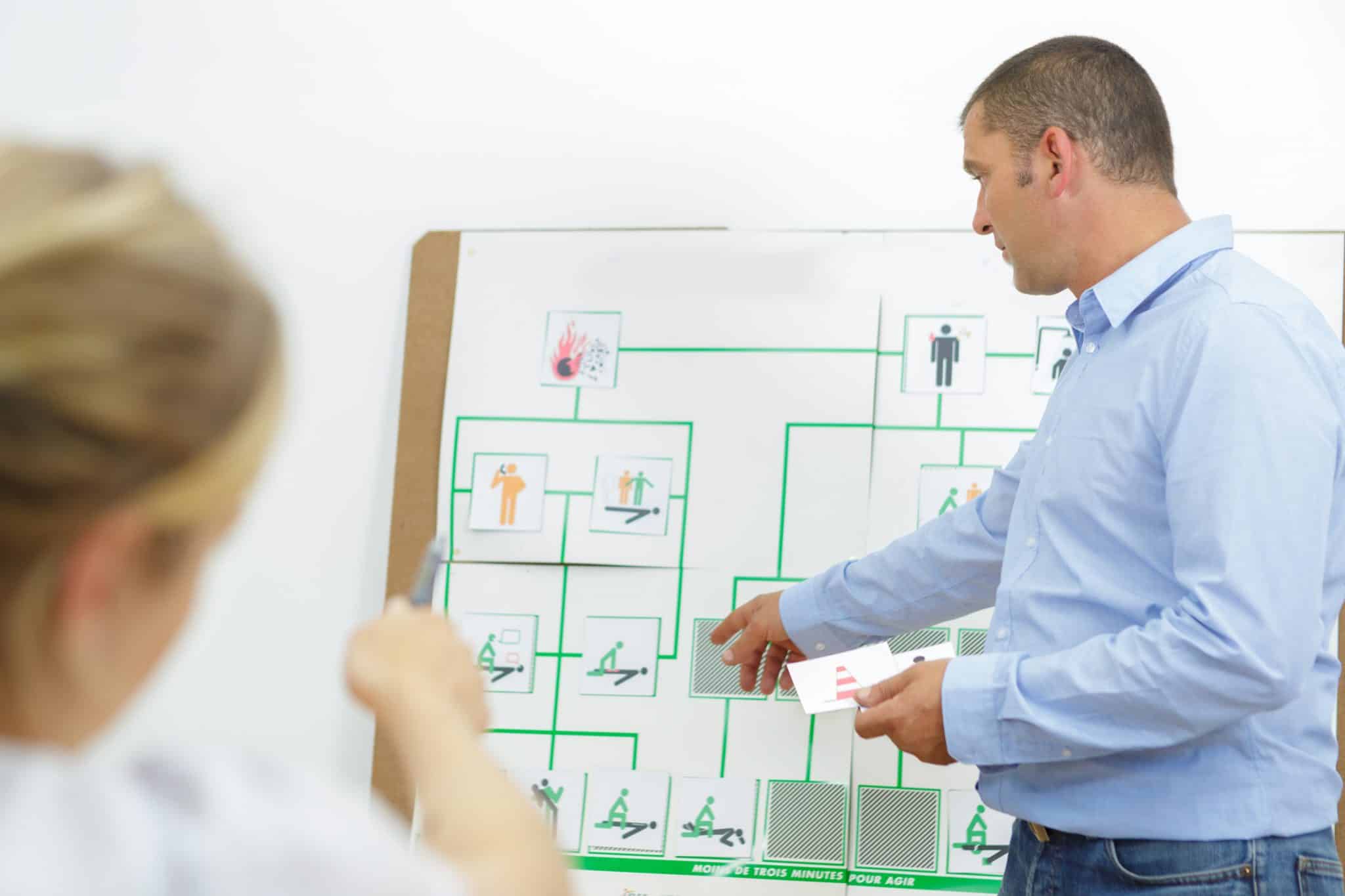When we talk about emergencies—whether severe weather, fire, or even a prolonged power outage—we often think about property damage first. But for employers, one of the most important responsibilities is protecting people. Employees who feel safe, supported, and informed during a crisis are better able to protect themselves, look out for one another, and help your business recover faster.
Why Employee Preparedness Matters
Emergencies are stressful and often chaotic. Without clear communication and planning, confusion can escalate risk. By giving employees the tools and information they need ahead of time, you not only reduce the chance of injury but also empower your team to act confidently under pressure. Employees who know what to do can also be vital in safeguarding customers, vendors, and visitors during a crisis.
Key Steps for Employers
Creating a culture of preparedness doesn’t have to be complicated. Start with these best practices:
-
Communicate your emergency plan regularly: Don’t let the plan gather dust in a binder—share it during meetings, onboarding, or annual refreshers.
-
Keep employee information up to date: Accurate phone numbers, emails, and emergency contacts are critical when you need to reach staff quickly.
-
Practice evacuation and shelter-in-place procedures: Regular drills ensure employees are confident in what to do when seconds count.
-
Designate leaders and roles: Identify floor wardens, first aid providers, or communication leads in advance so responsibilities are clear.
-
Encourage personal preparedness: Remind employees to have emergency kits and family plans at home, so they’re less worried about loved ones during a workplace crisis.
Beyond the Workplace: Benefits That Support Resilience
Employee Benefits can also play a key role in emergency readiness and recovery. Many employers offer Employee Assistance Programs (EAPs), which provide counseling, stress management, and crisis support. Financial wellness tools, short-term disability, and voluntary benefits can also provide critical assistance when employees are recovering personally from an emergency.
By connecting employees with these resources—and reminding them of their availability—you reinforce that their well-being is a priority, both inside and outside the workplace.
Building a Culture of Safety
Preparedness is about more than compliance—it’s about showing employees they matter. When you invest in emergency planning and communication, you strengthen trust, morale, and resilience across your team. And when an emergency does occur, that preparation pays off in safety, confidence, and a faster path to recovery.
At Van Wyk, we help businesses build benefit programs and communication strategies that support employees in every situation. If you’d like to explore how your benefits can reinforce safety and peace of mind, our team is here to help.

